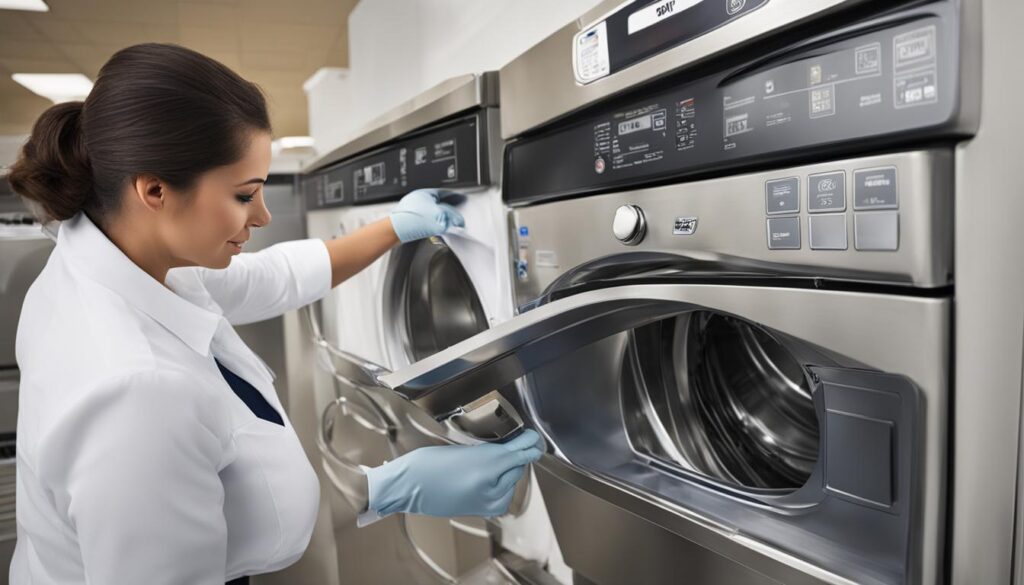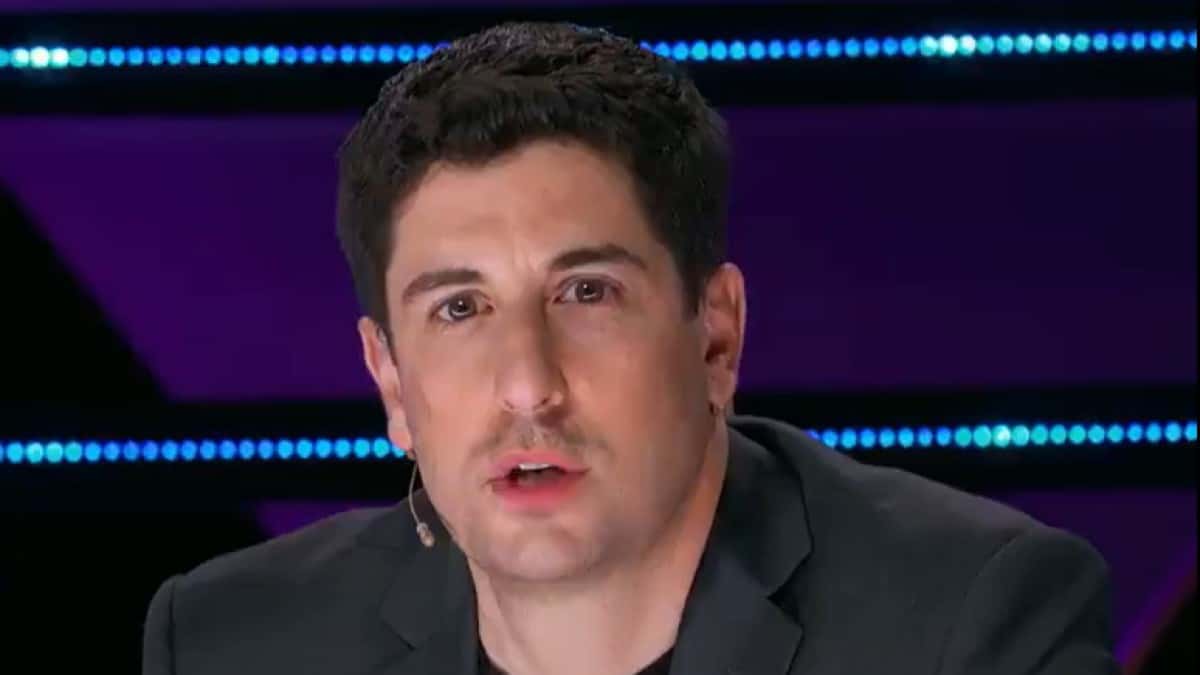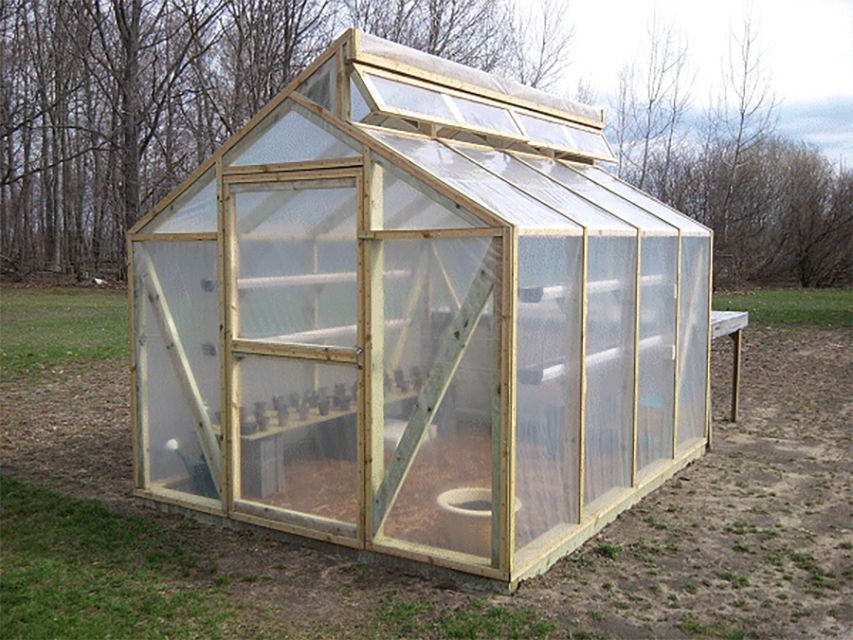Maximizing the Freshness of Chinese Food: Safe Storage and Practical Guidelines
Introduction: Why Safe Handling of Chinese Food Leftovers Matters
Leftover Chinese food is a staple in many homes, thanks to generous takeout portions and the diverse flavors of classic dishes like General Tso’s Chicken, fried rice, and spring rolls. However, ensuring your leftovers remain both delicious and safe to eat requires understanding proper storage, shelf life, and reheating protocols. This guide explores actionable strategies to keep your Chinese food good for as long as possible, backed by expert recommendations and real-world examples.
How Long Is Chinese Food Good For? Key Shelf Life Guidelines
Chinese food, when stored correctly, generally lasts three to four days in the refrigerator [3] . This time frame applies to most cooked dishes, including rice, stir-fries, and meat-based entrees. For best results, place leftovers in airtight containers and refrigerate promptly-ideally within two hours of finishing your meal. Leaving food unrefrigerated for longer than two hours can promote bacterial growth, increasing the risk of foodborne illness [2] .
Some dishes may have shorter shelf lives. For example, soups or stews containing meat are generally good for only two to three days, while vegetarian versions might last up to four days [1] . Always use your senses-if the food smells off, has changed texture, or tastes unusual, discard it immediately.
Extending Shelf Life: Freezing Chinese Food
If you want to keep Chinese food longer, freezing is a reliable option. Properly stored in a freezer-safe container or bag, most dishes can last up to two to three months while maintaining their flavor and texture [2] . Some sources suggest that food may remain safe for up to six months, though quality will decline after the two-to-three-month mark [1] . When freezing, double-wrap your leftovers to prevent freezer burn. Clearly label containers with the date to ensure you use them within the recommended time frame.
To thaw frozen Chinese food, move it to the refrigerator overnight. Never thaw at room temperature, as this can encourage bacterial growth. Once thawed, consume within one to two days and avoid refreezing cooked foods.
Reheating Chinese Food Safely and Effectively
Reheating is crucial for killing bacteria and restoring flavor. Always reheat Chinese food until it is steaming hot all the way through [1] . Use a food thermometer if available; foods should reach an internal temperature of 165°F (74°C). Microwave ovens, stovetops, and ovens can all be used, but stir foods frequently to distribute heat evenly.
It is best to avoid reheating food more than once. Each cycle of cooling and reheating increases the risk of bacterial contamination and degrades flavor and texture. If you must reheat, only warm the portion you plan to eat immediately.
Practical Storage Steps for Maximum Freshness
Follow these step-by-step guidelines to ensure your Chinese food stays fresh and safe:
- Cool Quickly: After finishing your meal, let leftovers cool for no more than 30 minutes before storing.
- Use Airtight Containers: Transfer food to clean, airtight containers to minimize exposure to air and contaminants.
- Refrigerate Promptly: Place containers in the fridge within two hours of cooking or receiving takeout.
- Label and Date: Write the storage date on containers to track how long they’ve been refrigerated or frozen.
- Consume Timely: Eat refrigerated leftovers within three to four days, and frozen leftovers within two to three months.
- Reheat Safely: Only reheat what you plan to eat immediately, ensuring even heating to kill bacteria.
Case Studies: Common Dishes and Their Shelf Life
Different dishes may have slightly varied shelf lives. Here are some real-world examples:
- General Tso’s Chicken: Lasts three to four days in the refrigerator; up to three months in the freezer [5] .
- Fried Rice: Good for three to four days refrigerated; up to two months frozen.
- Egg Rolls: Three days in the fridge; two months in the freezer.
- Vegetable Stir-Fry: Typically lasts four days refrigerated; up to three months frozen.
If uncertain about the shelf life of a specific dish, consult reliable sources or use general guidelines-meat dishes tend to spoil faster than vegetarian ones.

Source: idcrawl.com
Recognizing Signs of Spoilage: When to Discard Leftovers
Even when following best practices, it’s important to recognize when Chinese food is no longer safe to eat. Signs of spoilage include:

Source: etsy.com
- Unusual or sour odors
- Changes in texture (sliminess, excessive dryness)
- Mold growth
- Discoloration of ingredients
- Unpleasant taste
If any of these issues are present, discard the food immediately. When in doubt, err on the side of caution; foodborne illnesses can have serious health consequences.
Alternative Approaches: Minimizing Waste and Maximizing Enjoyment
If you anticipate having more leftovers than you can consume in three to four days, consider portioning and freezing immediately after your meal. Many people find that repurposing leftovers, such as turning fried rice into a breakfast dish or using stir-fried vegetables in wraps, helps minimize waste and keeps meals exciting.
Some local food banks and community organizations accept unopened, safely stored foods. To explore options in your area, contact your local food pantry or community health department for guidelines and donation opportunities.
Challenges and Solutions: Common Issues with Leftover Chinese Food
Common challenges include loss of texture, flavor degradation, and food safety risks. To combat these:
- Prevent Sogginess: Store sauces separately when possible, and reheat crispy items in the oven.
- Maintain Flavor: Add fresh herbs or a splash of soy sauce when reheating.
- Ensure Safety: Never leave food unrefrigerated for more than two hours, and avoid reheating more than once.
If you are unsure about storage or reheating methods for a particular dish, consult official food safety guidance from the USDA or your local health department. Official resources are available at the U.S. Department of Agriculture website; search “Safe Handling of Takeout Food” for more comprehensive advice.
Summary of Key Takeaways
Chinese food leftovers are best consumed within three to four days when refrigerated, and up to three months when frozen. Always store promptly, use airtight containers, and reheat thoroughly to minimize risk and maximize flavor. When uncertain, consult official food safety guidelines or discard questionable food to protect your health.
References
- [1] Salt and Spoon (2022). How Long Does Chinese Food Last In The Fridge?
- [2] Sassy Chopsticks (2023). How Long Is Leftover Chinese Food Good For?
- [3] USDA (2023). How long are my take out leftovers safe?
- [4] TikTok. How Long Does Chinese Food Last? Tips & Tricks.
- [5] StillTasty. How Long Does Leftover General Tsoâ„¢s Chicken Last?
MORE FROM hotondeals.com













